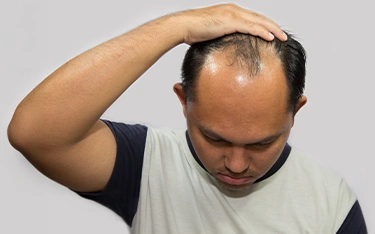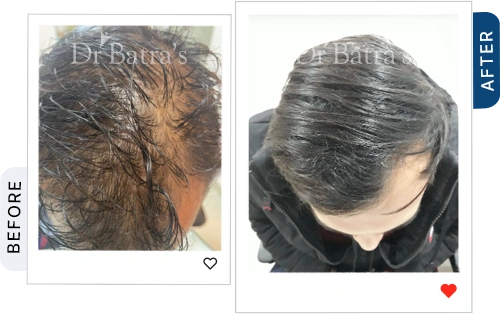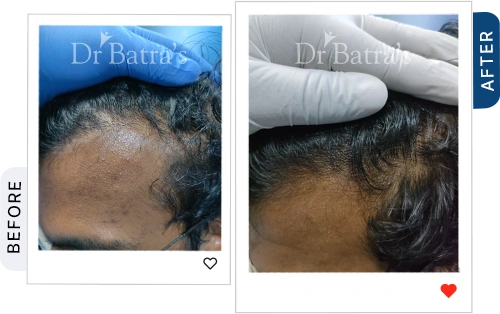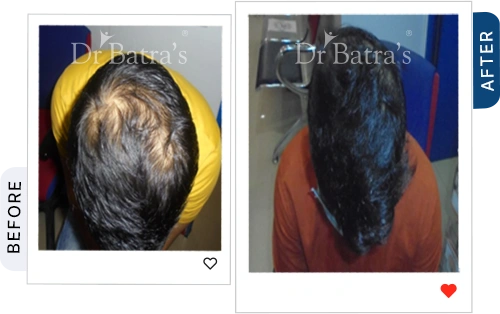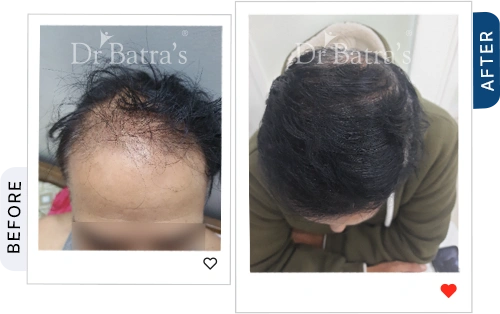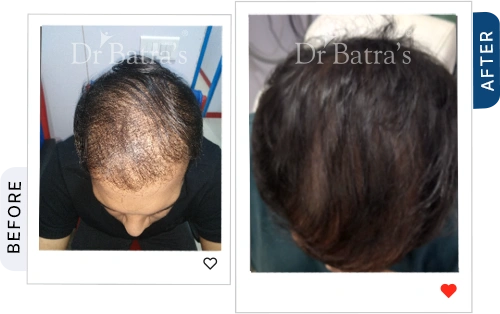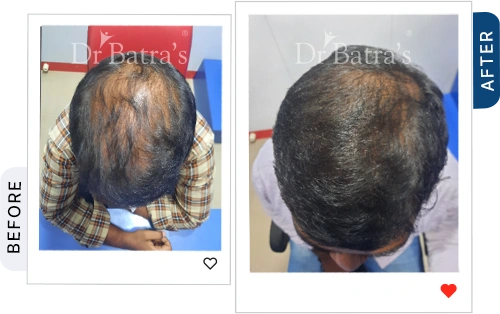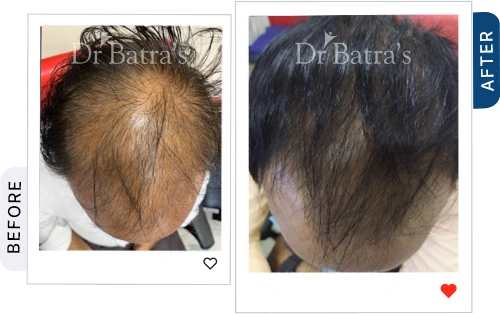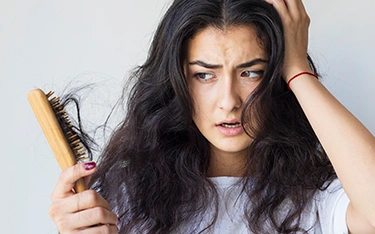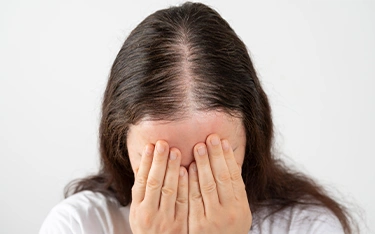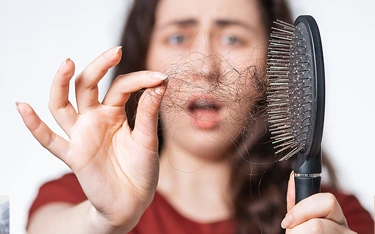FAQs
The earliest signs include a receding hairline (forming an "M" shape) and noticeable thinning at the temples or crown. Hair strands may also become finer and weaker over time.
The rate varies—some men experience gradual thinning over decades, while others notice rapid hair loss within a few years. Genetics and overall health play a key role.
Signs of male pattern baldness often start in the 30s, but some men may notice thinning as early as their late teens or 20s.
While it cannot be fully reversed, early treatment can slow down or even regrow some lost hair. Options include homeopathy, hair growth therapies, and lifestyle changes.
Consult a specialist for evaluation. Early intervention with personalised treatments can help slow or prevent further hair loss.
